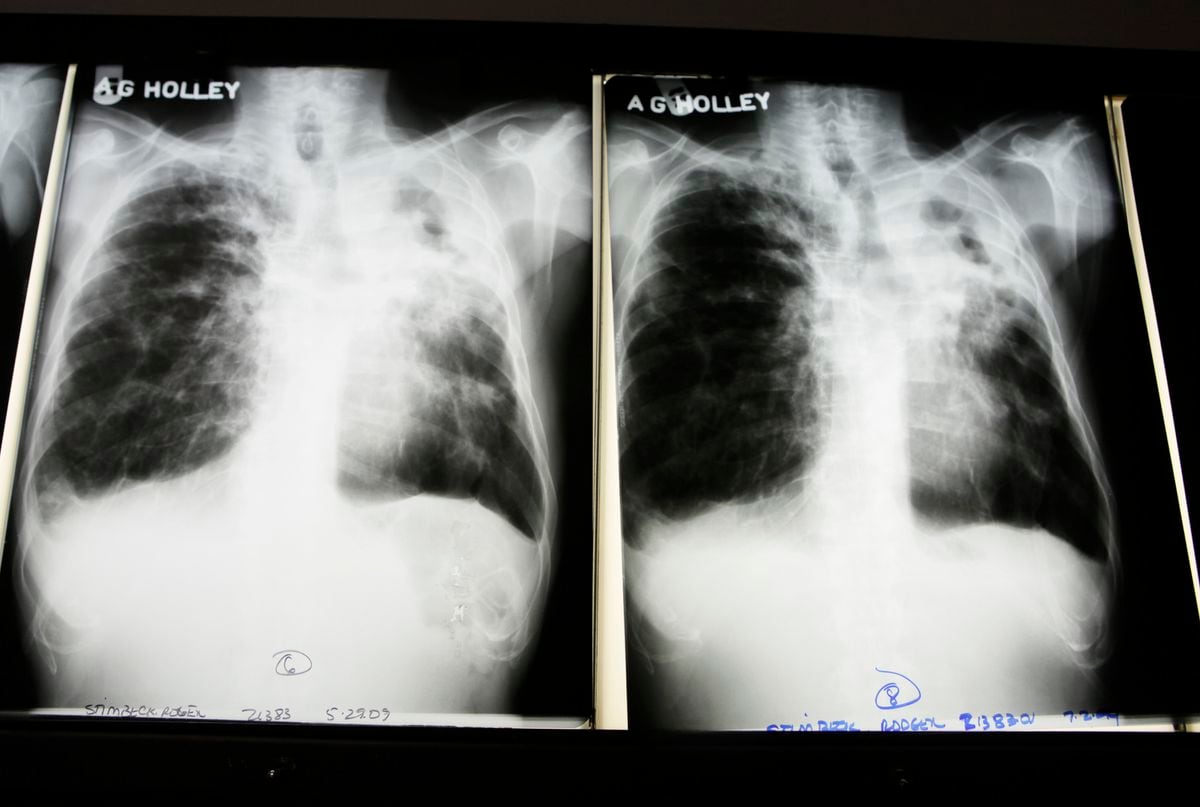In 2020, Alaska once again recorded the highest rate of tuberculosis infections in the country, with 58 documented cases, according to a federal report released this month.
Although the nation as a whole saw a 20% reduction in the incidence of tuberculosis last year, Alaska’s rate remained just as high in 2020 as it was in 2019, at 7.9 cases per 100,000 people, the Centers for Disease report indicates. Disease Control and Prevention.
Tuberculosis is one of the oldest infectious diseases in the world and is still a leading cause of infectious death worldwide. According to the World Health Organization, about 1.8 billion people – a quarter of the world’s population – are currently infected with tuberculosis, which kills more than one million people each year. Tuberculosis spreads through the air when a person with active tuberculosis coughs, sneezes, or speaks.
Most people with TB have a latent form of the non-contagious disease and will go decades without showing any symptoms. Experts say the goal of public health is to identify latent cases, which are much cheaper and easier to treat than active tuberculosis.
Symptoms of active tuberculosis include cough lasting more than three weeks, fever, night sweats, weight loss and bloody cough.
Alaska has long had one of the highest rates of tuberculosis infections in the country. High rates in the southwest and northern regions of the state “are still partly due to the persistent effects of high historical rates,” said Michelle Rothoff, an epidemiologist physician in the Alaskan Public Health Division, in a statement on Thursday.
Rothoff told the Daily News in July that many of the residents in these regions “live in very small villages and with many people, which contributes to the potential for transmission and difficulty in accessing health care”.
A brief history of tuberculosis in Alaska, compiled by Dr. Bruce Chandler, a medical officer in the Anchorage Department of Health, documents how colonists in the late 1700s to mid 1800s brought tuberculosis to Alaska, triggering a deadly epidemic in the state .
Until 1950, tuberculosis was the leading cause of death in Alaska, said the Chandler report. The persistent effects of these early outbreaks have not gone away, and native Alaskan populations continue to be disproportionately affected.
“Tuberculosis rates have been reduced through contact screening, medical treatment and isolation,” said Rothoff in a statement on Thursday. “But there is still work to be done to eliminate this curable and preventable disease.”
